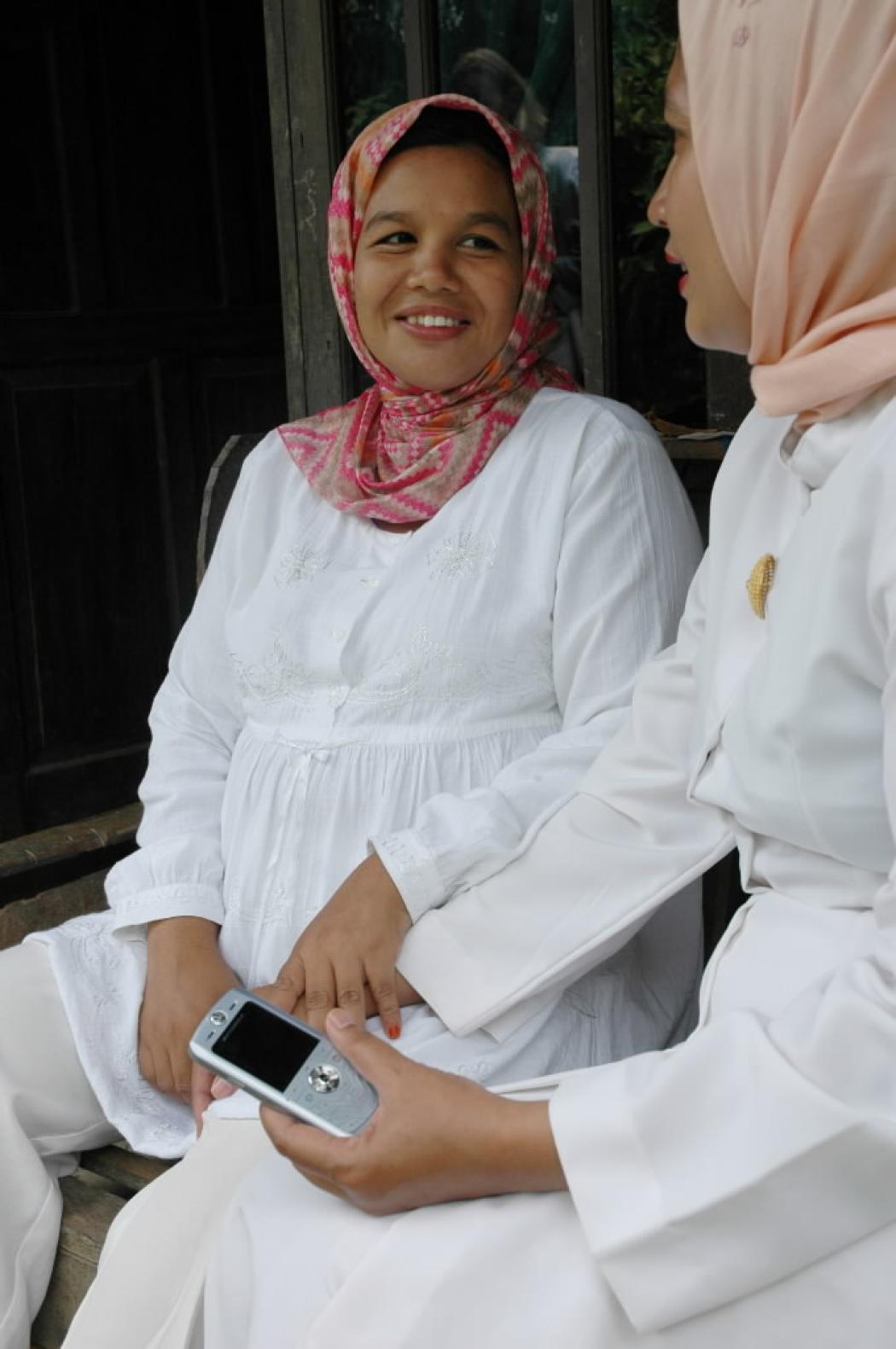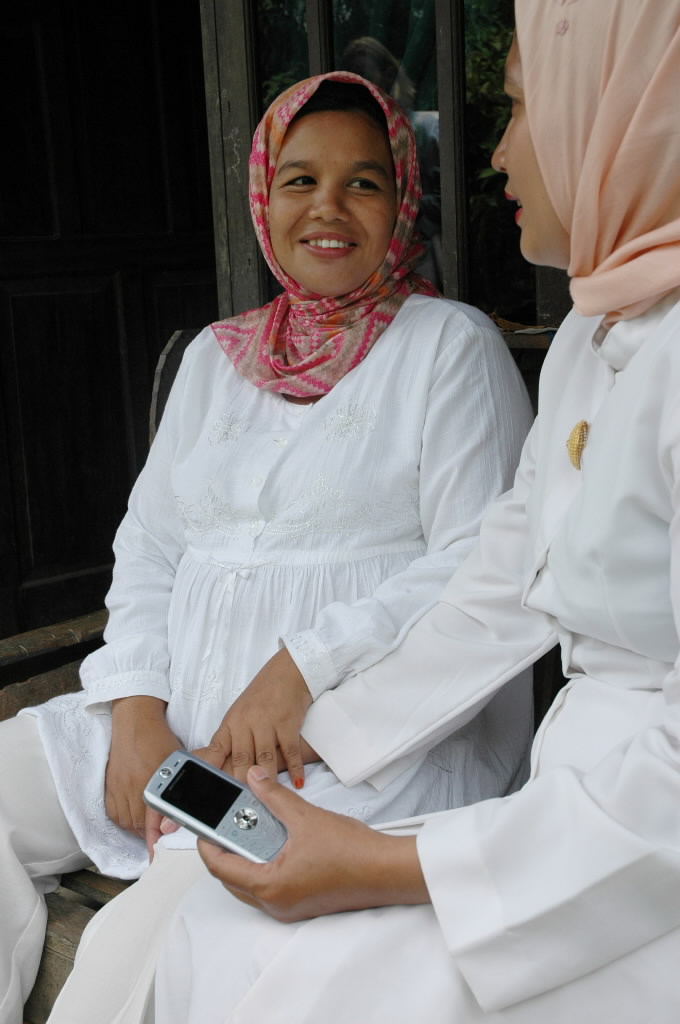Making a Difference with Mobile Technology

Lisa Bos, World Vision
 Midwife Rosa pays a home visit to a pregnant Nur Diana, 32, who is expecting her fifth child. Courtesy World Vision.
Midwife Rosa pays a home visit to a pregnant Nur Diana, 32, who is expecting her fifth child. Courtesy World Vision.
Cell phones are everywhere. You might be reading this blog on one right now. So the question for development organizations more and more is how do we harness the power of mobile technology to improve the health and well being of mothers and children in developing countries?
Mobile technology is a growing area for World Vision, since we work in rural areas where this technology can be really helpful in reaching the hard to reach – people might not have running water, but odds are they have a cell phone. We recently piloted a new mobile health technology called MOTECH in Afghanistan through a USAID-funded child health project.
MOTECH sends messages to “pregnant parents” in their local language throughout their pregnancy and during the first year of their child’s life, providing accurate information that helps them have a healthy pregnancy and newborn. A complimentary service enables community health workers to use mobile phones to enter information about the patients they have seen and the services they have delivered, increasing efficiency and accuracy.
One of the reasons we chose to pilot MOTECH in Afghanistan was that mobile health can really only be successful if it becomes part of the health system, and country ministries of health are vital to this integration. Our relationship with USAID in Afghanistan and credibility with the Ministry of Health through our work there made it an obvious pilot country to test how best to bring MOTECH to scale. The pilot was very successful, with a 22% increase in women delivering their babies at health facilities and a 20% increase in women receiving prenatal care. We are now working to scale up our deployment of MOTECH in other countries.
World Vision-affiliated health workers and volunteers in some communities can now collect routine data on household visits, illnesses and even medications in the community; medical professionals in a remote health facility can then simultaneously review the information. When both community members and health workers have access to information, automated messages and reminders, this can help orchestrate the work both in the clinic and in the community, leading to a more coordinated and better quality response to the most common urgent health care situations.
The use of modern technological devices can save lives in developing countries with limited access to health services. Providing these breakthrough opportunities is a must for organizations like World Vision who are fighting to prevent children dying from easily preventable causes.
Lisa Bos is Policy Advisor for Health, Education and WASH in the Advocacy and Government Relations department at World Vision US.
